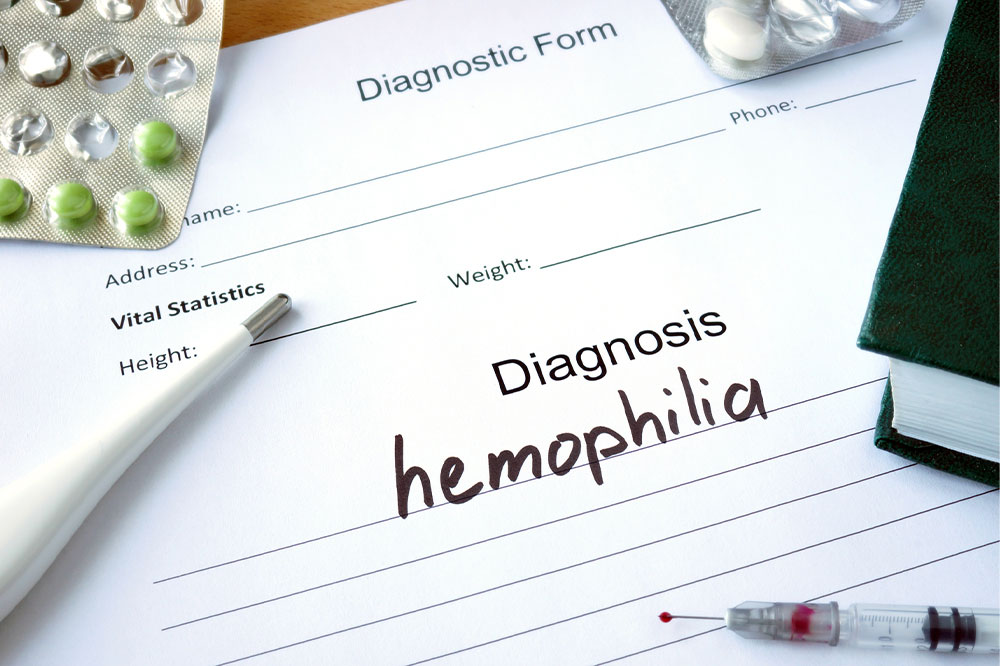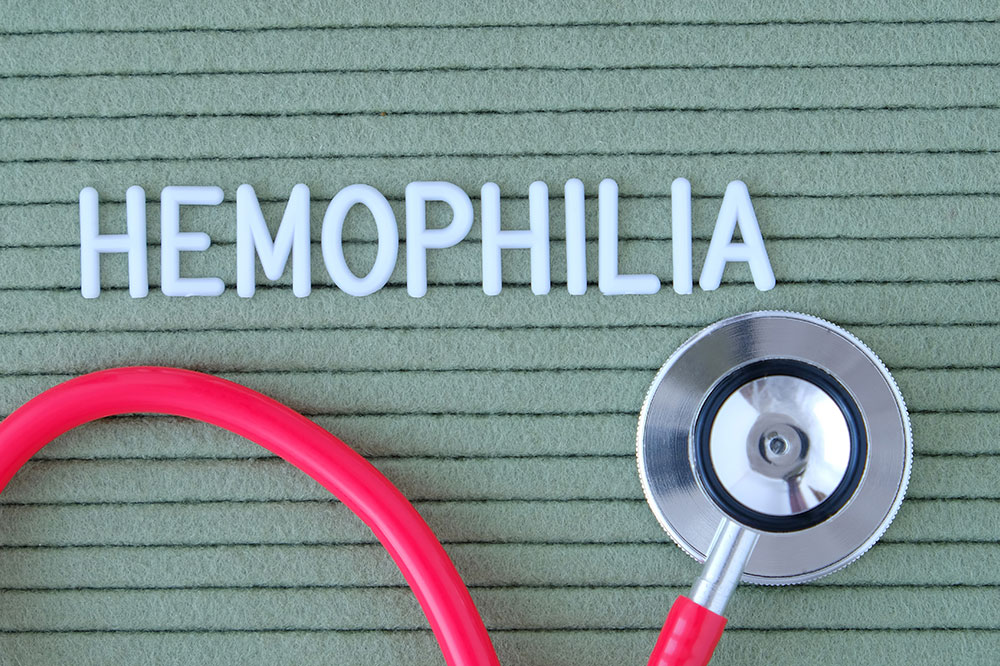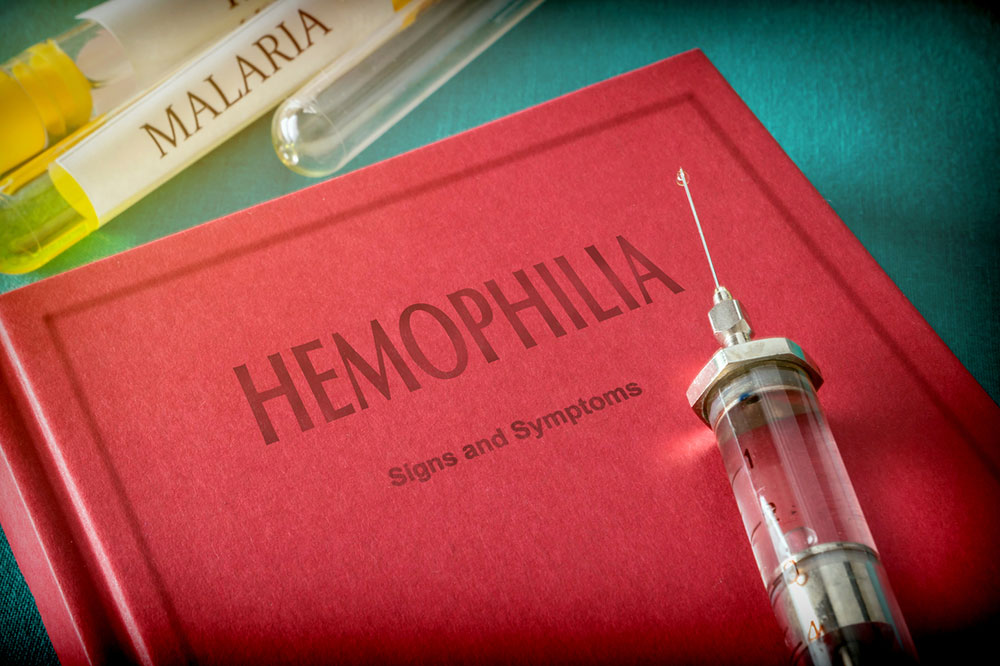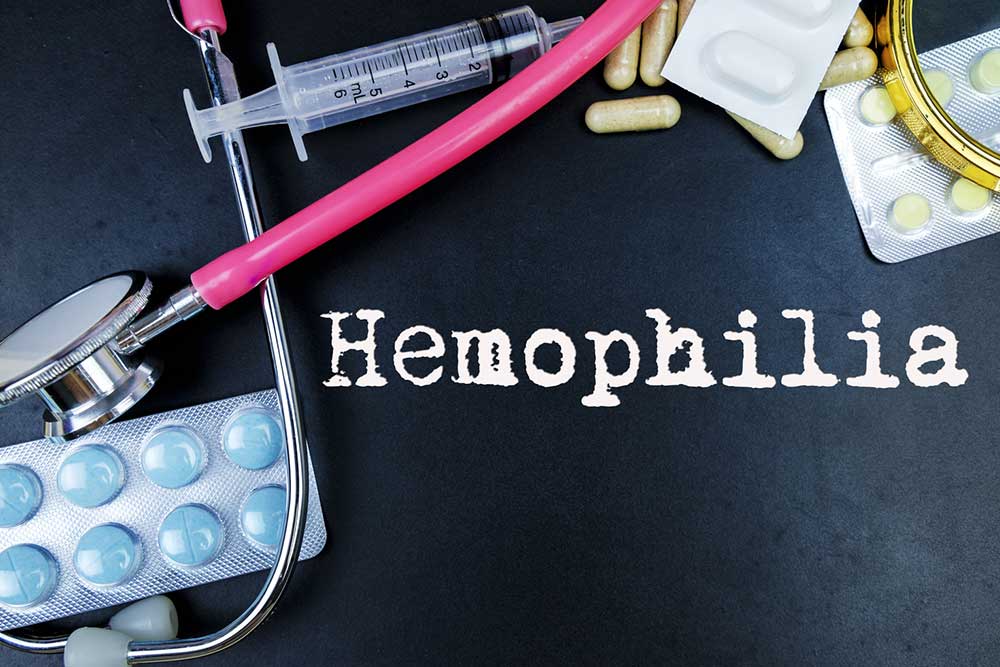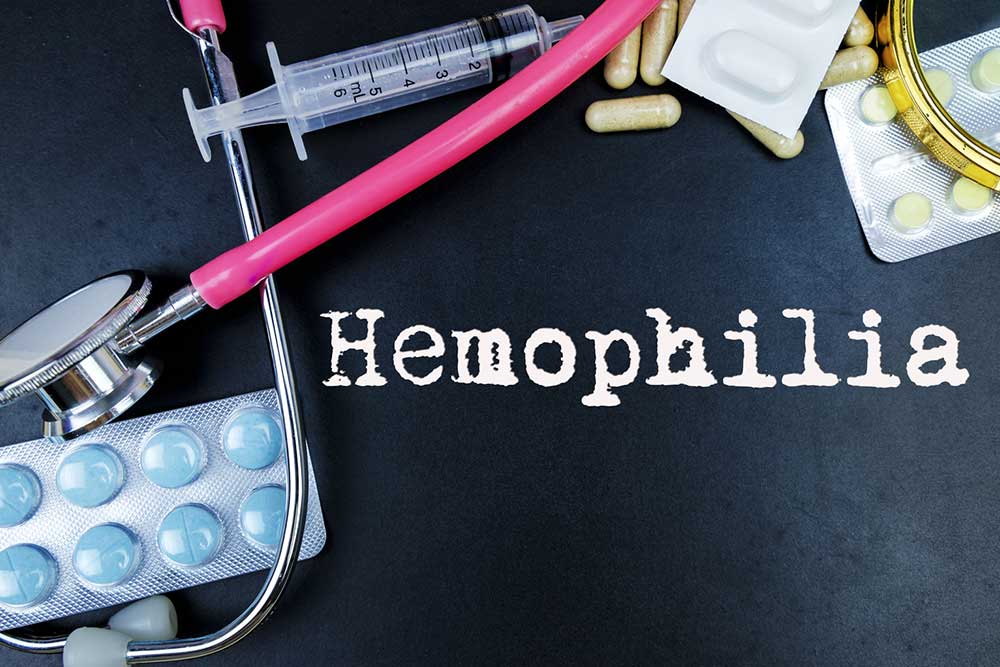Comprehensive Guide to Hemophilia A and B: Causes, Symptoms, and Prevention Strategies
Hemophilia A and B are inherited bleeding disorders caused by deficiencies in clotting factors VIII and IX, respectively. These conditions lead to prolonged bleeding, easy bruising, and potential internal bleeding. Early diagnosis and management are essential for preventing severe complications. This comprehensive guide discusses causes, symptoms, risks, and treatment options for hemophilia, emphasizing the importance of early detection to improve quality of life for affected individuals. Understanding this disorder can help patients and caregivers recognize signs promptly and seek appropriate medical intervention.

Understanding Hemophilia A and B: Causes, Symptoms, and Risks
Hemophilia is a hereditary blood disorder that significantly affects the blood's ability to clot normally. This condition is characterized by a deficiency in specific clotting factors, which leads to prolonged bleeding episodes even from minor injuries. For individuals with hemophilia, bleeding can be severe and difficult to control, often resulting in lengthy bruising, internal bleeding, and other complications. Understanding the nuances of this disorder, including its causes, symptoms, and potential risks, is crucial for early diagnosis and effective management.
Hemophilia is primarily inherited and passed down through families. It predominantly affects males, as it is linked to the X chromosome, but females can carry the gene without showing symptoms. However, some cases are caused by spontaneous genetic mutations that occur before birth, making it essential to understand both inherited and new mutations when considering the disease’s origins.
Hemophilia exists in two main forms, each involving deficiencies in different essential clotting proteins:
Hemophilia A involves a deficiency in clotting factor VIII (8)
Hemophilia B results from a deficiency in clotting factor IX (9)
Most cases are diagnosed early in life, often during childhood, as symptoms become evident. Hemophilia A is more common, affecting approximately 1 in 10,000 males, whereas Hemophilia B is rarer, impacting about 1 in 50,000 individuals. Early detection and proper management are vital in preventing severe complications related to bleeding episodes.
Understanding the symptoms associated with hemophilia can help in prompt diagnosis and treatment. Common signs include:
Unusual and excessive bruising
Individuals may develop large, lingering bruises from minor impacts or injuries, which may take longer to heal than usual. This excessive bruising is often one of the first visible signs of hemophilia.
Uncontrolled bleeding
Persistent bleeding from small cuts or injuries that do not stop easily, or bleeding that recurs after initially stopping, is a hallmark symptom. Bleeding after surgeries or dental procedures can also be prolonged in people with hemophilia.
Blood in stool or urine
The presence of blood in stool or urine samples signals internal bleeding, which can be severe and requires medical intervention.
Frequent nosebleeds
Sporadic and unexplained nosebleeds occurring without prior injury. Recurrent nosebleeds should prompt suspicion of bleeding disorders like hemophilia.
Internal bleeding symptoms
This includes swelling, pain, or bruising in muscles following minor injuries, indicating internal bleeding. Such cases demand urgent medical attention to avoid long-term damage.
Bleeding in the brain
Even minor head injuries can cause internal bleeding in the brain, which is life-threatening. Symptoms such as neck stiffness, severe headache, vomiting, weakness, difficulty walking, or fatigue necessitate immediate emergency care.
